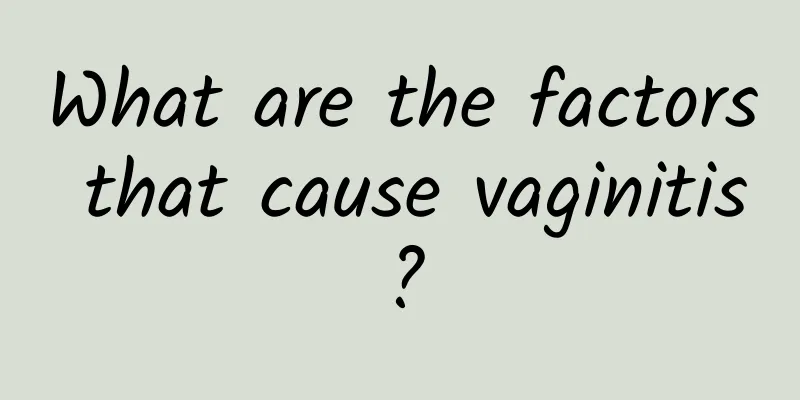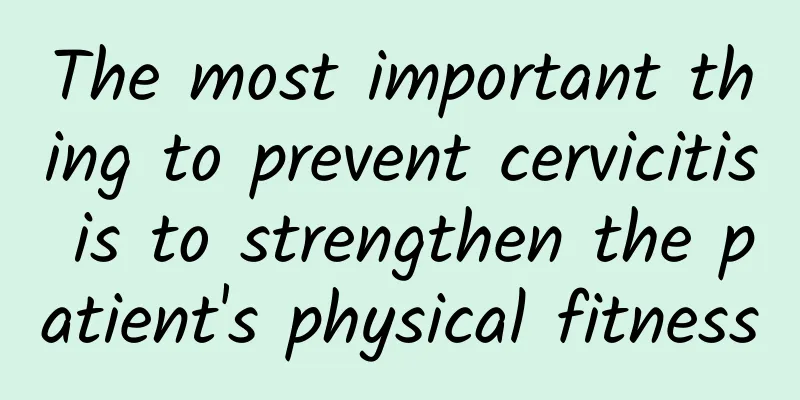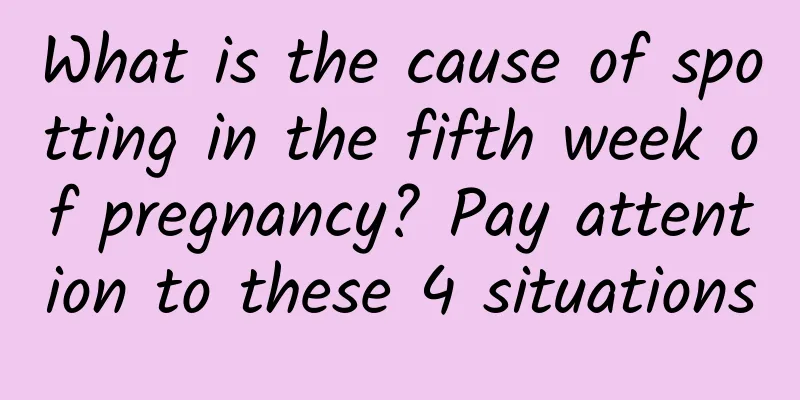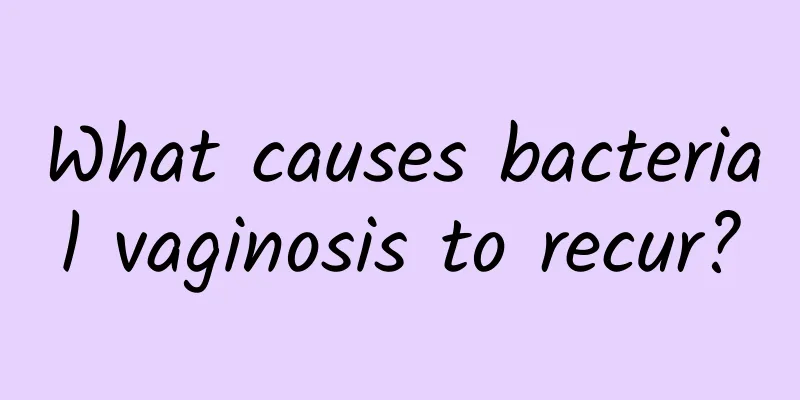What are the common treatments for pelvic peritonitis?

|
Everyone should be familiar with pelvic peritonitis. In our daily life, there are many patients with pelvic peritonitis. So do you know what pelvic peritonitis is? This disease endangers our physical health and life. The following will introduce you to the treatment methods of pelvic peritonitis in detail. 1. Non-surgical treatment methods ① Body position: When there is no shock, the patient should take a semi-recumbent position, move the lower limbs frequently, and change the pressure points to prevent venous thrombosis and bedsores. ②Fasting: Patients with gastrointestinal perforation must absolutely fast to reduce continued leakage of gastrointestinal contents. ③ Gastrointestinal decompression: It can reduce gastrointestinal distension and improve gastrointestinal wall blood circulation. It is an indispensable treatment for patients with pelvic peritonitis. ④ Intravenous infusion: Patients with pelvic peritonitis who are fasting must receive infusion to correct water electrolyte and acid-base imbalance. ⑤Supplement calories and nutrition: Acute pelvic peritonitis requires a large amount of calories and nutrition to supplement its needs. ⑥Application of antibiotics: A large amount of broad-spectrum antibiotics should be used in the early stage, and then adjusted according to the results of bacterial culture. Intravenous drip is the best route of administration. ⑦ Analgesia: For patients whose diagnosis has been clear and treatment methods have been decided, it is necessary to appropriately use sedatives and analgesics to relieve the patient's pain. (II) Surgical treatment ① Lesion treatment: Eliminating the cause of pelvic peritonitis is the main purpose of surgical treatment. ② Clean the abdominal cavity: After eliminating the cause of the disease, the pus in the abdominal cavity should be sucked out as much as possible, and the food and residue, feces, foreign objects, etc. in the abdominal cavity should be removed. ③Drainage: so that the remaining inflammation can be controlled, limited and disappear. |
<<: Effective treatment for pelvic peritonitis
>>: How to treat pelvic peritonitis in women
Recommend
What fruits can't be eaten after abortion surgery? What foods can't be eaten after abortion surgery?
Abortion is a common gynecological surgery and a ...
Pelvic effusion and cervical cyst
Cervical gland cyst is a type of chronic cervicit...
Lose 10 kg! Super easy weight loss method
Text/Ito Yu I have been assigned to Tokyo for wor...
Pelvic effusion Delayed menstruation
Pelvic effusion Delayed menstruation If it is con...
The specific cause of pelvic inflammatory disease in clinical practice should be clearly understood
The reason why people cannot effectively treat pe...
Is it better for women to be fatter or thinner after they are 45? Gynecologists tell the truth
"Doctor, I heard that it's better for wo...
What is the reason for bleeding on the eighth day of menstruation? What should I do?
What is the reason for bleeding on the eighth day...
Is eating motherwort useful for irregular menstruation?
Is it useful to eat motherwort for irregular mens...
Is it normal to have an hcg value of 31 after 30 days of abortion?
If the HCG value is 31U/L 30 days after the abort...
Abnormal vaginal discharge, odor, stomach pain
Abnormal vaginal discharge, odor, and stomach pai...
What are the main things to pay attention to after abortion?
Abortion is a very common operation in life. Most...
What should I not eat if I have pelvic peritonitis?
Pelvic peritonitis is a common gynecological dise...
What causes dysmenorrhea in women?
Many women experience dysmenorrhea during their m...
How to differentiate and diagnose left ovarian cyst and what are its symptoms
Ovarian cyst is a relatively complicated disease ...
What are the early symptoms of ectopic pregnancy for female friends?
Female friends may have heard of ectopic pregnanc...









